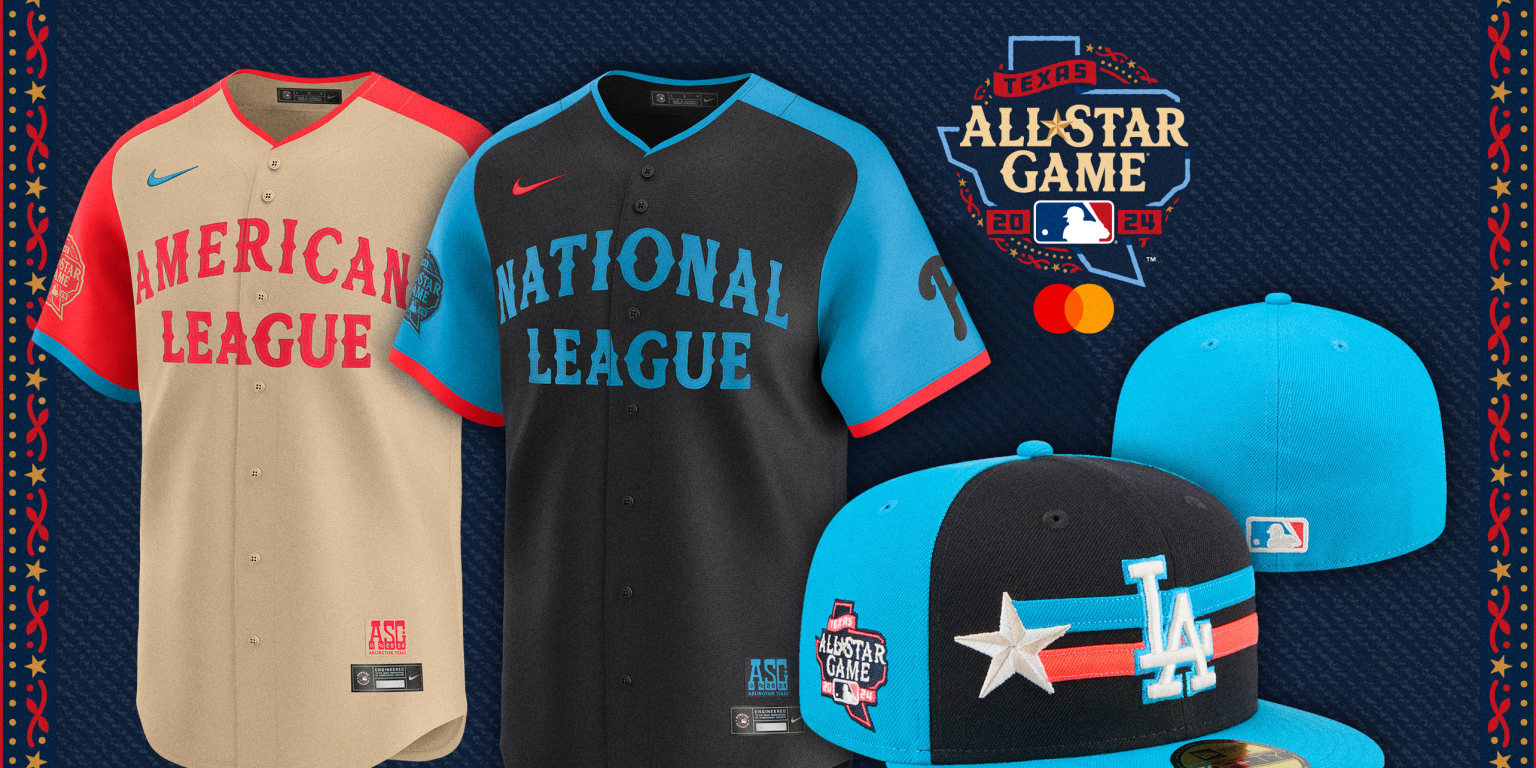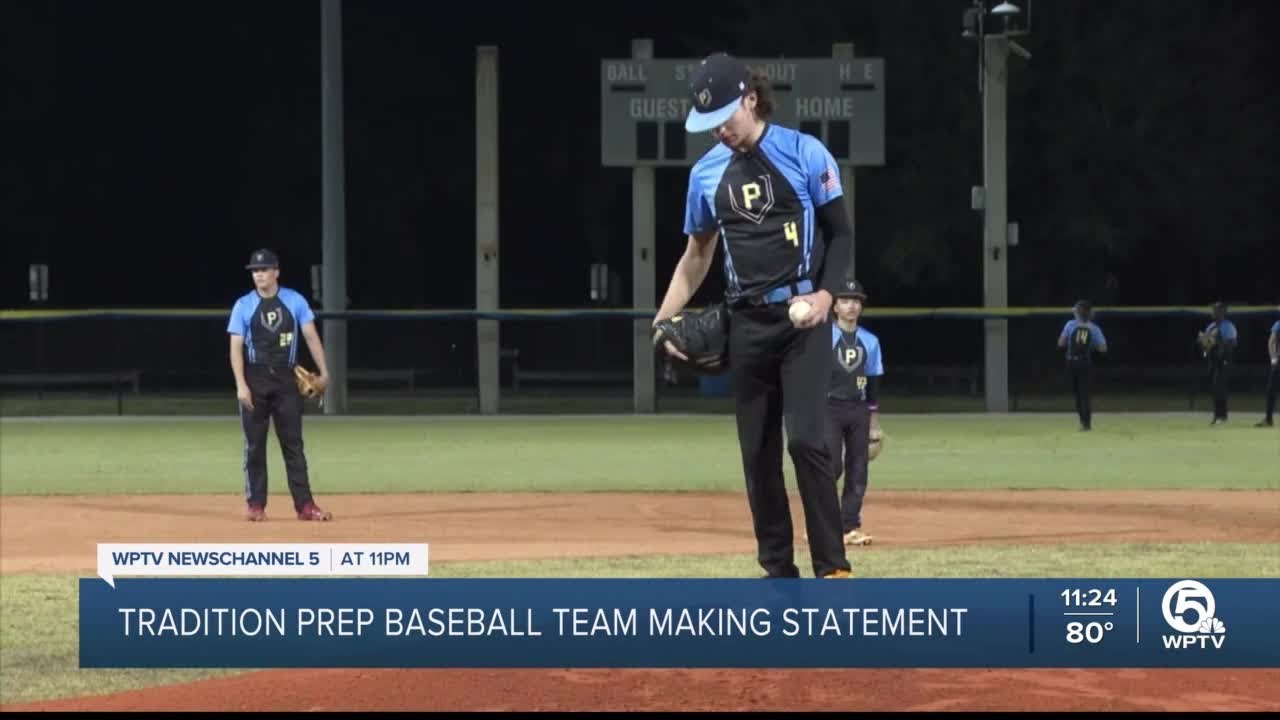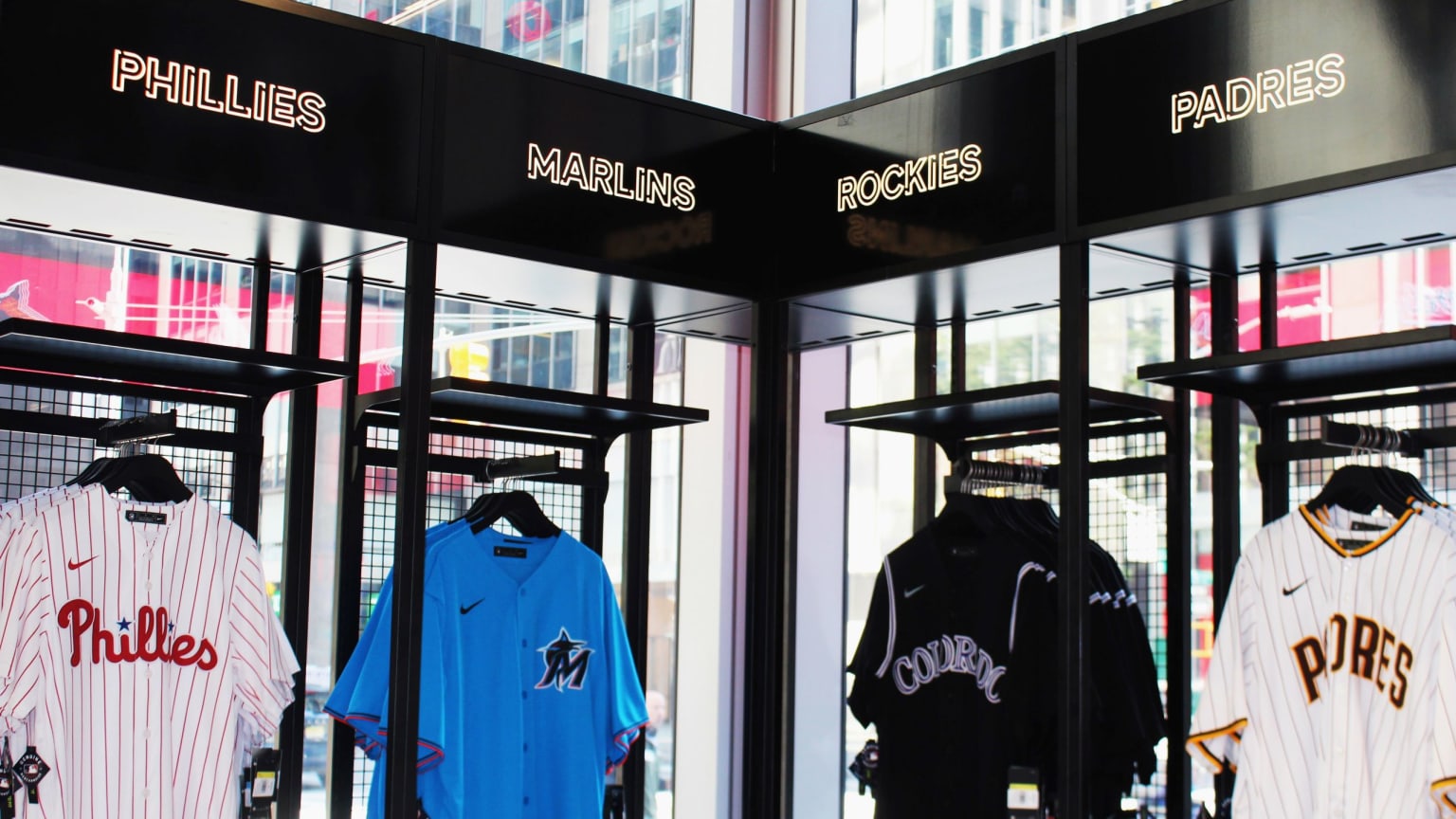
The Return of Tradition: MLB’s All-Star Game Uniforms Take Center Stage
As the excitement builds for next season’s MLB All-Star Game, a sense of nostalgia permeates through the league with the announcement that players will return to wearing their primary home and road uniforms. This decision, which harkens back to a time when players sported their authentic attire for the Midsummer Classic, marks a significant shift from the recent trend of custom All-Star jerseys that have been in vogue since 2021. Traditionally, from the 1930s to 2019, the All-Star Game showcased players in their team colors, and next year, fans can expect to see the familiar jerseys once again, both on the field and during the Home Run Derby.
 Return to tradition for MLB’s All-Star Game.
Return to tradition for MLB’s All-Star Game.
Changing Times: A Closer Look at Uniform Evolution
The returns to these classic jerseys mirror a broader reconsideration of MLB’s approach to player uniforms. While the Nike Vapor Premier jersey design introduced for the 2024 season drew criticism over its materials and lettering, the ensuing feedback led to a revision of uniform features across all 30 teams. MLB’s announcement confirms significant changes aimed at increasing player comfort and visual appeal. Key modifications will include pant customization and larger lettering, which are designed to enhance visibility and player identity on the field. Fans will witness these upgrades culminating by the start of the 2026 season, as the league carefully watches market trends and player feedback.
Rediscovering the Spirit of Competition
The All-Star Game has always been a celebration of baseball and athleticism, bringing together the sport’s elite talents in an exhibition of skill. By reinstating the home and away attire, MLB seeks to reinforce the connection between players and their respective fan bases. This decision acknowledges that uniforms are more than just fabric; they symbolize tradition, pride, and the competitive spirit that has defined baseball since its inception. As players don their authentic uniforms once again, it is likely that they will experience a renewed sense of obligation not only to themselves but to the loyal supporters who cheer for them day in and day out.
“Returning to traditional uniforms elevates the game’s legacy and honors the dedication of the players who wear these colors,” said MLB Commissioner Rob Manfred.
 Honoring baseball’s legacy with every pitch.
Honoring baseball’s legacy with every pitch.
Players’ Perspectives: What the Change Means
The return to traditional uniforms has elicited a wave of enthusiasm from players across the league. Many have expressed a desire to represent their teams authentically during the pinnacle of summer baseball. As we delve deeper into this conversation, it’s enlightening to observe how the preferences of players mirror those of fans, with both groups seeking continuity in a rapidly changing sports culture.
Furthermore, this move raises questions about how uniforms affect performance and morale in competitive settings. The psychological aspect of wearing a familiar jersey cannot be underestimated, as players often draw inspiration from the history and significance of their attire. A sense of belongingness is essential for any team, and rekindling this connection through uniform choices may positively impact team performance.
The Business of Baseball: Marketing and Merchandise
Returning to traditional uniforms is not only significant from a player and fan standpoint, but it also offers a strategic marketing opportunity for MLB. Classic uniforms resonate with nostalgia, making them more appealing to fans who value the history of the sport. The potential for increased merchandise sales surrounding these timeless designs could prove lucrative for the league and its teams alike.
By tapping into the lucrative realm of branding, MLB stands to benefit significantly from not just the sales of jerseys but the broader cultural engagement this shift cultivates. As baseball continues to evolve in line with modern trends, tapping into the fond sentiments associated with traditional uniforms may provide a new, fruitful path for growing the sport’s audience.
 Classic jerseys resonate with fans old and new.
Classic jerseys resonate with fans old and new.
Conclusion: A Bright Future Ahead
In conclusion, MLB’s decision to revert to primary home and away uniforms for the All-Star Game not only revitalizes traditionalism but also paves the way for future innovations in uniform design and fan engagement. As players and fans alike anticipate this nostalgic return, the embodiment of tradition holds the potential to enliven the spirit of baseball, creating a richer, more connected experience for everyone involved.
The journey ahead is filled with opportunity as MLB navigates through the intricate tapestry of history, identity, and performance while ensuring that the essence of America’s pastime remains intact.
Article Summary
Through the lens of tradition, MLB is championing a return to their authentic roots with the adoption of primary home and away uniforms, rekindling the spirit of competition while fostering deeper connections within the baseball community.















